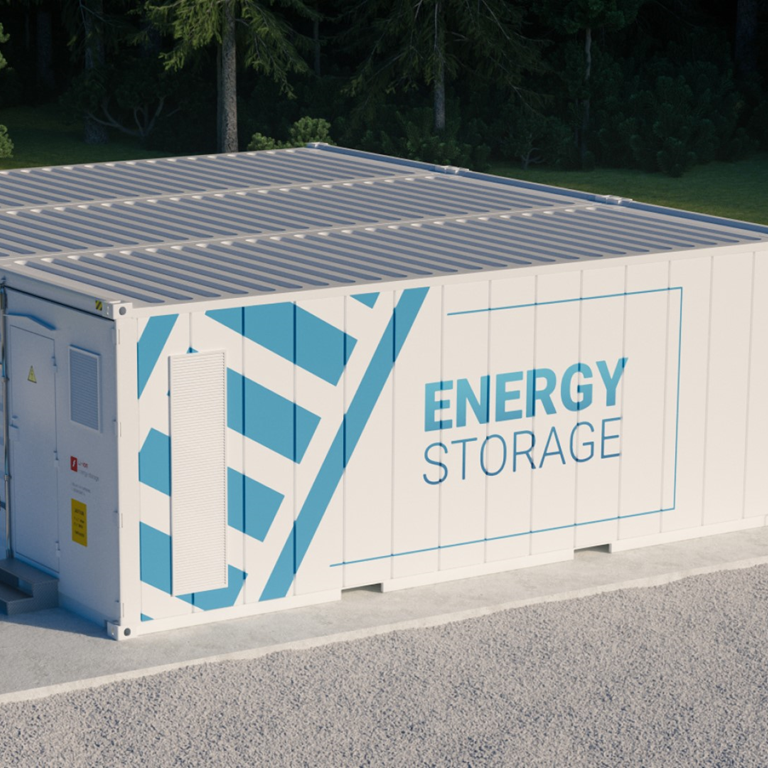Fire protection in warehouses is a critical risk management factor. This is particularly true for businesses involved in transport and logistics. By their very nature, warehouses contain a high volume of goods and materials. These goods and materials are often flammable and can pose significant fire hazards. Integrating automated machinery in these environments adds a layer of risk complexity. General fire safety precautions must be adequate to prevent fire safety risks from occurring. These measures must be deployed to address both the traditional risks associated with warehousing and the new risks introduced by automation.
Traditional warehousing risks
Flammable materials
Warehouses often contain a diverse range of goods, a significant portion of which are flammable. This includes packaging materials, chemicals, and specific types of merchandise. The sheer volume of these materials can rapidly escalate a fire, creating a significant challenge to control and manage.
Electrical hazards
Although essential, electrical systems and equipment can also be potential fire hazards. The importance of regular maintenance and adherence to safety standards cannot be emphasised enough. Faulty wiring, overloaded circuits, or malfunctioning equipment can spark fires. Ensuring these risks are mitigated through regular maintenance and strict adherence to safety standards is crucial.
Human error
Despite technological advancements, human error can be a major contributor to fire incidents. This can involve:
- Improper storage of flammable materials.
- Negligence in equipment handling.
- Failure to adhere to safety protocols.
The role of everyone in the warehouse, from the warehouse manager to the staff, is crucial in minimising these risks.
Risks associated with automated machinery
Machinery malfunctions
Automated machinery, such as robotics and conveyor systems, can malfunction. These malfunctions can generate heat or sparks, potentially igniting nearby flammable materials. However, by ensuring regular maintenance and using machinery with built-in safety features, these risks can be effectively mitigated. This can provide a sense of confidence and security in the warehouse environment.
Overheating
Automated systems, particularly those operating continuously, can overheat. If not adequately managed, overheating can result in fires. Installing adequate cooling systems and temperature monitoring can prevent such incidents.
Electrical fires
Automated machinery relies heavily on electrical systems. Any faults in these systems can lead to electrical fires. Using high-quality components and conducting regular inspections are crucial preventative measures.
Battery hazards
Many automated systems, particularly mobile ones, use battery power. Batteries, especially lithium-ion types, can pose fire risks. The risks arise if they overheat, are damaged, or are improperly charged. Proper handling and charging protocols, as well as using fire-resistant battery storage solutions, are essential.
Fire protection strategies
Fire safety law
To protect the lives of employees and visitors, factories and warehouses must adhere to current fire safety regulations. For example, BS 5306 states that a person should never be more than 30 metres away from an appropriate fire extinguisher, wherever they are on the premises.
The Government’s Fire Safety Risk Assessment: Factories and Warehouses Guide gives advice about completing a fire risk assessment for all employers, managers, occupiers and owners of premises where the main use of the building (or part of the building) is a factory or warehouse.
Fire detection systems
Early detection is crucial in managing fire risks. Advanced fire detection systems, such as smoke and heat detectors, can alert personnel to a fire in its early stages. This allows for a swift response.
Sprinkler systems
Automatic sprinkler systems are a critical line of defence. They can quickly suppress a fire, preventing it from spreading. They should be regularly tested to ensure functionality.
Fire suppression systems
Other fire suppression systems, such as foam or gas-based systems, can be effective in addition to sprinklers. This is particularly true in certain areas. For example, where water damage could be problematic or enclosed spaces housing automated machinery.
Compartmentalisation
Dividing the warehouse into fire-resistant compartments can prevent the spread of fire. This involves using fire-rated walls and fire doors to contain outbreaks in a limited area. This will buy time for fire-fighting efforts and evacuation.
Automated fire control
Integrating fire protection into the automation systems can enhance safety. For example, automated machinery can be programmed to shut down and move away from detected heat sources or fires. This reduces the risk of exacerbating the situation.
Regular inspections and maintenance
Routine inspections and maintenance of all automated and non-automated equipment are crucial. This includes:
- Checking for potential fire hazards.
- Ensuring electrical systems are in good condition.
- Verifying that fire protection systems are operational.
Annual fire extinguisher services should also be included as part of general fire safety measures.
O2 reduction systems
In more recent years as technology advances, O2 reduction systems have been developed to support warehousing risk in the event of a fire. This is either in the form of a vacuum system or a constant working environment. This is because providing a reduced O2 atmosphere reduces the ignition flame and prevents fire. Both provide solutions to a fire with a reduced risk of damaging goods or materials and preventing wastage.
Training and being prepared
Employee training
Employees should be trained in fire safety protocols. This includes correctly using fire extinguishers, evacuation procedures, and responding to fire alarms. Regular drills can help reinforce this training.
Clear evacuation routes
Well-marked and unobstructed evacuation routes are essential. Regularly reviewing and updating evacuation plans ensures everyone knows how to exit the warehouse quickly and safely.
Collaboration with fire services
Working closely with local fire services can enhance preparedness. This includes inviting them to inspect the facility, provide training, and participate in drills.
Ensuring business continuity with comprehensive insurance
Appropriate insurance is crucial for mitigating risks in the warehousing and logistics sector. It's also critical to ensuring business continuity. Comprehensive insurance policies protect against potential losses, including:
- Fire damage
- Theft,
- Accidents,
- Liability claims.
For businesses involved in transport and logistics, insurance covers essential areas such as:
- Cargo insurance,
- Goods in transit,
- Third-party liability.
Fire protection in warehousing requires a comprehensive approach. This is especially true when automated machinery is used. Fire protection also need to address both traditional and new risks. Implementing robust fire detection and suppression systems, regular maintenance, inspections, and thorough employee training can significantly mitigate fire risks. As technology advances, continuous improvement and adaptation of fire protection strategies are essential to safeguard goods, personnel, and the operational integrity of transport and logistics operations.
This is a marketing communication.
The information contained herein is based on sources we believe reliable and should be understood to be general insurance and risk management information only. The information is not intended to be taken as advice and cannot be relied upon as such. Statements concerning legal, tax or accounting matters should be understood to be general observations based solely on our experience as insurance brokers and risk consultants and should not be relied upon as legal, tax or accounting advice, which we are not authorised to provide.


